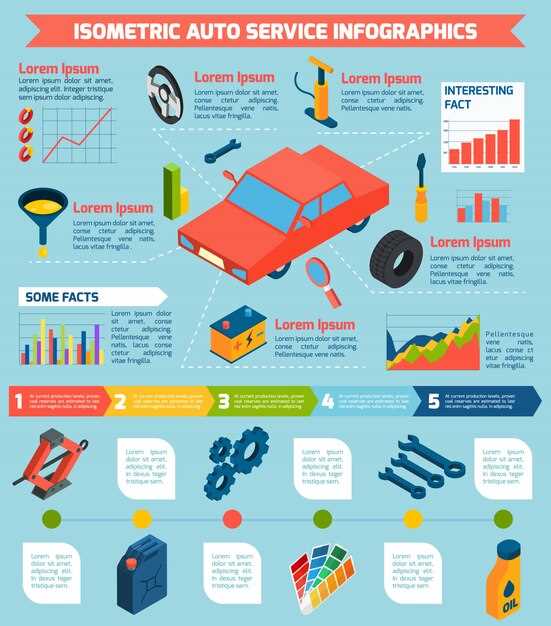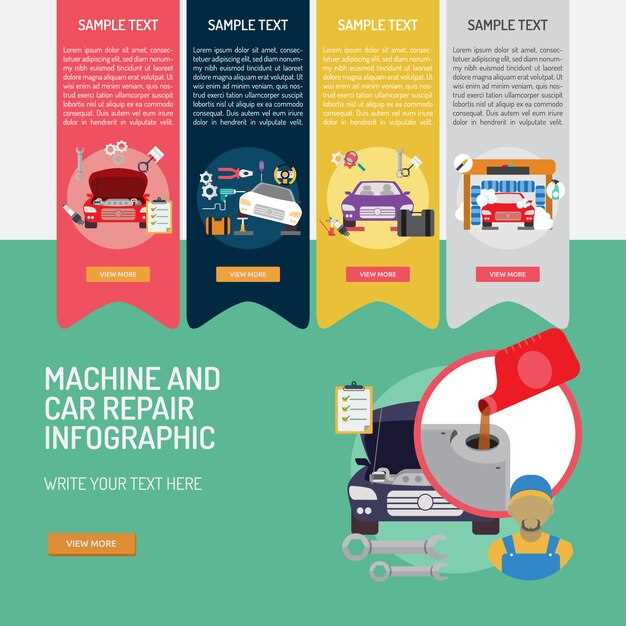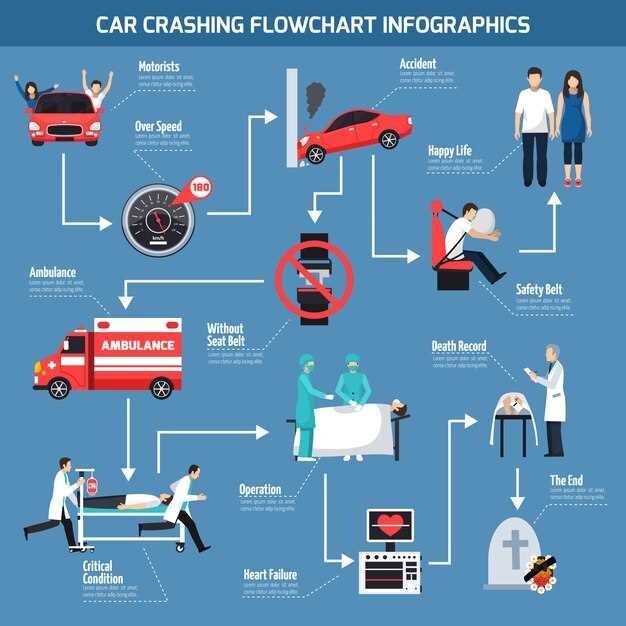
In the aftermath of an automobile accident, understanding the collision repair process is crucial for vehicle owners seeking to restore their cars to their pre-accident condition. The journey from damaged vehicle to fully repaired one involves multiple stages that require both technical expertise and meticulous attention to detail. This guide aims to break down the collision repair process step by step, ensuring that you are well-informed about what to expect during each phase.
The first step in the process is to assess the vehicle’s damage. This involves a thorough examination by a qualified technician who will identify all visible and hidden damages. This assessment is critical as it informs the necessary repairs and provides an estimate of the costs involved. Following the assessment, the next phase is to communicate with your insurance company, as they often play a significant role in covering repair costs. Understanding your coverage and options is key to ensuring a smooth repair experience.
Once the estimates are approved, the repair process can commence. This typically starts with organizing the necessary parts and materials required for the repair work. During this stage, the vehicle undergoes structural repairs and bodywork, which may involve replacing panels, straightening frames, and refinishing surfaces. Each aspect is done meticulously to ensure that the vehicle’s integrity and appearance are restored.
Finally, the last steps involve painting and quality inspection. The vehicle is refinished with paint that matches the original color, followed by a thorough inspection to ensure that all repairs meet stringent standards. This final check is essential to guarantee that the car is safe to drive and visually restored. Understanding this comprehensive repair process empowers vehicle owners to make informed decisions and facilitate a smoother repair experience.
Assessing Vehicle Damage and Estimating Repair Costs
Assessing vehicle damage is a crucial step in the collision repair process. A thorough inspection helps to identify visible and hidden damages that may affect the overall structural integrity and functionality of the vehicle. Technicians typically begin by examining the outer body for dents, scratches, and paint damage. They then proceed to inspect the underlying components, such as the frame, suspension, and engine, using specialized tools to gauge discrepancies and damages.
Once the physical inspection is complete, digital tools and frame measurement systems may be utilized for precise diagnostics. These systems can highlight areas that are misaligned or need replacement. This stage often involves taking detailed notes and photographs, ensuring all damage is documented for reference later in the repair process.
After assessing the damage, the next step is to estimate repair costs accurately. This estimation considers various factors, including labor, parts, and any additional services required. Labor costs can vary significantly depending on the complexity of the repairs, while parts prices depend on whether OEM (Original Equipment Manufacturer) or aftermarket parts are used.
Additionally, it is essential to account for any potential hidden damages that may not have been immediately visible. This is why providing a comprehensive estimate often involves a review of the vehicle’s repair history and consulting with insurance adjusters to ensure alignment with coverage and policies.
Once a complete assessment is conducted, the repair shop can present a detailed estimate to the vehicle owner or insurance company, outlining each element of the repair process along with associated costs. Clear communication at this stage helps set realistic expectations for repair timelines and expenses.
Choosing the Right Repair Techniques and Materials

Selecting appropriate repair techniques and materials is crucial for restoring a vehicle’s structure and appearance after a collision. The choice often depends on the severity of the damage, the type of vehicle, and the desired outcome. Proper selection enhances safety, ensures durability, and maintains the vehicle’s resale value.
Assessment of Damage: Begin with a thorough inspection of the vehicle to evaluate both visible and hidden damage. This assessment should identify the extent of structural, cosmetic, and mechanical repairs needed. Understanding the full scope of the damage guides the decision on which repair techniques and materials to use.
Repair Techniques: Several techniques exist to address vehicle damage effectively:
- Panel Beating: Used for reshaping and repairing metal body panels. Skilled technicians manipulate the metal back to its original form using specialized tools.
- Pulling: Involves using a pulling tool or frame to address dents and creases. This method is effective for major collisions where structural integrity is compromised.
- Welding: Essential for attaching new or repaired panels. Techniques like MIG or TIG welding ensure strong, lasting connections.
- Plastic Repair: Applicable for bumpers and other plastic parts, using techniques such as heat welding or adhesive bonding to restore functionality and appearance.
Materials Selection: The choice of materials also significantly impacts the repair’s success:
- OEM Parts: Original Equipment Manufacturer parts are preferred for ensuring compatibility and maintaining the vehicle’s value. These components match the quality and specifications of the originals.
- Aftermarket Parts: While often more affordable, it’s crucial to assess their quality and fit. They may not always perform at the same level as OEM parts.
- Adhesives and Sealants: The right adhesive can provide strong bonds for repairing panels and plastic parts. Ensure the selected products are compatible with the materials being used.
- Paint and Finishes: Choosing high-quality paint and clear coats can ensure a seamless match with the vehicle’s original color and maintain weather resistance.
Collaboration with Professionals: Engaging experienced repair technicians is vital. They possess the expertise to recommend the best techniques and materials based on the specific vehicle model and repair requirements. Collaborating with professionals ensures that repairs are performed safely, efficiently, and to the highest standards.
Ultimately, selecting the right repair techniques and materials requires a careful balance of quality, performance, and cost. By prioritizing these factors, you can restore a vehicle to its pre-collision condition while ensuring longevity and safety.
Final Inspection and Quality Assurance in Collision Repairs

Final inspection is a critical phase in the collision repair process, ensuring that all repairs meet the required standards of quality and safety. During this stage, technicians conduct a thorough examination of the repaired vehicle to confirm that all repairs have been executed correctly and that the vehicle is safe for return to the road.
The final inspection typically begins with a visual assessment of the vehicle’s exterior. Inspectors look for any imperfections in the paint, inconsistencies in body alignment, or evidence of poor craftsmanship. This includes checking for proper fitment of panels, ensuring that gaps between body parts are even and that the overall aesthetics match the manufacturer’s specifications.
In addition to visual checks, functional tests are performed. These tests assess the effectiveness of repaired systems, including the electrical components, lighting, and any safety features such as airbags and sensors. Technicians verify that all vehicle systems are operational and functioning as intended, providing confidence in the vehicle’s safety and reliability.
Quality assurance involves adhering to specific guidelines and standards set forth by the manufacturer and industry best practices. Repair facilities often implement structured quality control procedures, which may include checklists and systematic evaluations throughout the inspection process. Documentation is crucial; each step taken during repairs should be recorded, and the findings of the final inspection documented to ensure transparency and accountability.
Upon completion of the final inspection, a detailed report is generated, summarizing the findings and any corrective actions taken. If any issues are identified, they must be rectified before the vehicle is released to the owner. This rigorous attention to detail not only safeguards the customer’s investment but also enhances the reputation of the repair facility.
In conclusion, final inspection and quality assurance are indispensable components of collision repair. They ensure that every vehicle is restored to its optimal condition, providing peace of mind and safety for the driver and passengers. Maintaining high standards in these processes reflects the commitment of repair facilities to excellence in service and customer satisfaction.

